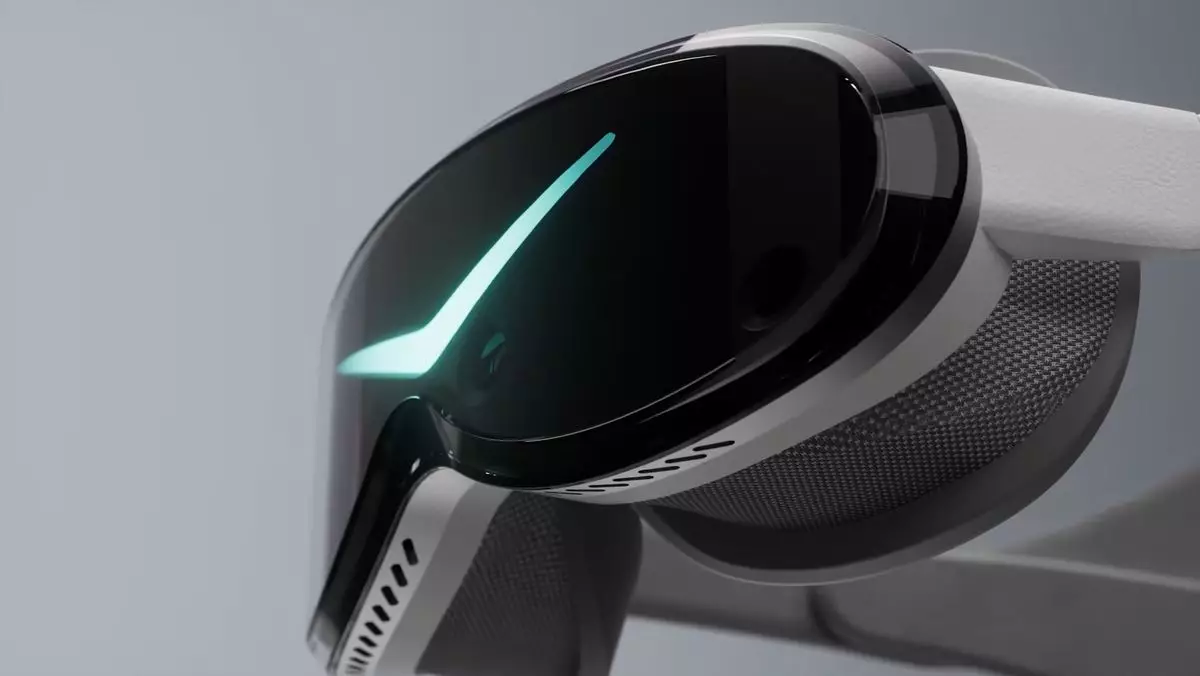The landscape of virtual reality (VR) headsets is rapidly evolving, shifting from bulky devices to remarkably lightweight innovations that promise high performance and a plethora of features. Among the most anticipated introductions is the Pimax Dream Air, a headset that exemplifies this shift by offering a stunningly light design alongside cutting-edge technology. Scheduled for release in May 2025, the Dream Air is set to transform how we experience VR while challenging our expectations of what a headset can achieve.
The Pimax Dream Air aims to outshine current competitors with its groundbreaking weight of less than 200 grams, a substantial improvement over the heftier models like the Valve Index, which weighs over 800 grams. This weight reduction can be attributed to the utilization of Micro-OLED panel technology similar to that found in the Apple Vision Pro. By embracing this advanced display technology, Pimax has crafted a headset that is not only lighter but also more compact, appealing to both casual users and serious VR enthusiasts.
This innovative headset features a sleek design characterized by smooth curves and a modern aesthetic reminiscent of tech giants like Apple. Its appealing appearance is likely to attract attention at a time when consumers are demanding not just performance but style in their tech gadgets. The emphasis on form factor does not compromise functionality; instead, it enhances the user experience with an attractive look that is comfortable during prolonged use.
The Pimax Dream Air may be lighter, but it does not skimp on features. Promising an impressive 8K resolution, this headset aims to deliver stunning visuals that are critical for immersion in virtual environments. Coupled with a refresh rate of 90 Hz, the headset intends to provide fluid motion, reducing the chances of motion sickness — a common pitfall in VR experiences.
One of the standout features of the Dream Air is its comprehensive set of integrated technologies. Users can expect inside-out tracking via advanced cameras, integrated spatial audio, and support for Type-C DisplayPort and accessories ports. Moreover, the headset boasts a self-adjusting head strap, auto-interpupillary distance (IPD) adjustments, along with hand and eye tracking capabilities. This multitude of features allows for a full-scale VR experience, demonstrating that Pimax has not made sacrifices in other areas to achieve such a lightweight model.
However, all this innovation comes at a premium price. The Dream Air is set to be available for a staggering reservation price of $1,199, with a total cost approaching $2,000 once shipping and taxes are considered. This expense raises essential questions about value in the rapidly evolving VR market. The Pimax Crystal Super, while heavier and bulkier, is priced at a more accessible $699, challenging consumers to consider whether the significant premium for the Dream Air translates into a vastly superior experience.
The competition does not end there. With VR technology also emerging in models like Bigscreen Beyond, which weighs only 127 grams, it emphasizes the need for Pimax to differentiate its offering with unique advantages. The inclusion of eye tracking is critical; it not only enables more immersive interactions but also sets the Dream Air apart within its weight class.
As the anticipated launch date of May 2025 draws near, many VR enthusiasts are left pondering whether the Dream Air’s innovative design and advanced technology justify its high price tag. Pimax is venturing into uncharted territory with this headset, striving to be the first to offer such features in a lightweight package. Consequently, the industry will closely observe how this product performs in real-world scenarios.
The Pimax Dream Air not only heralds a new era for VR headsets but also sets a high bar for future innovations in this space. Whether it successfully captures the attention and wallets of consumers remains to be seen. Nonetheless, its promise of combining a superior form factor with comprehensive features could make it a landmark release in the ongoing evolution of virtual reality technology.


Leave a Reply